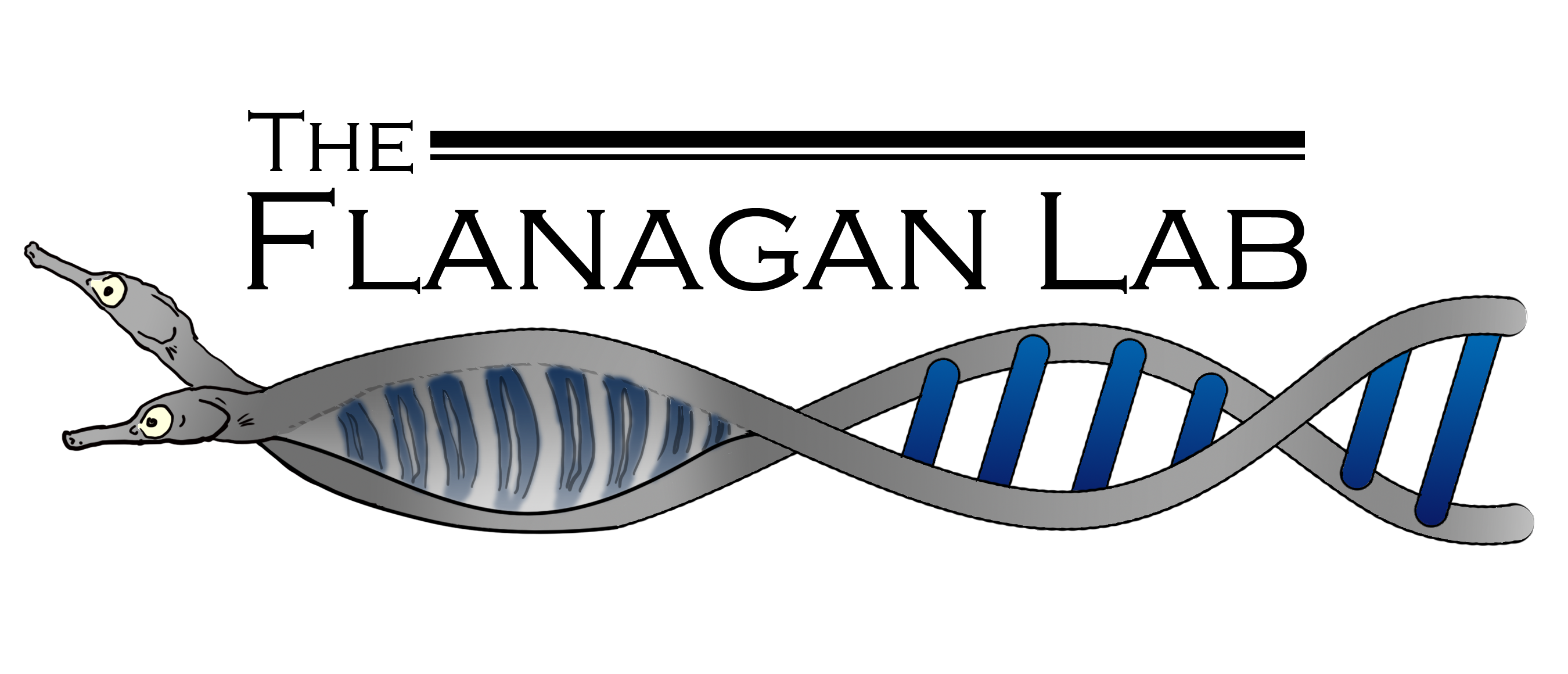What causes animals to behave as they do?
An important component of understanding drivers of phenotypic diversity and trait evolution is an appreciation for how animals interact. By understanding animal behaviour, we can better understand the selection pressures acting on populations and the sexes. We can also investigate the context-dependency of these behaviours; for example, do female pipefish court males with greater frequency if the ratio of males to females is biased towards females? In pipefish, we study these behaviours using lab-based studies of wild-caught fish. We are describing courtship behaviours for some species for the first time, including the courtship behaviours of the wide-bodied pipefish.
We also can learn about conservation threats by understanding how individuals interact. To that end, students in the group collaborate with experts on other animals, such as penguin ecologist Michelle LaRue and whale experts Travis Horton and Nan Hauser to assess key ecological drivers of animal behaviour. Better understanding when individuals interact, their types of interactions (agonistic or antagonistic), and how these might relate to physiological or genetic risks are important pieces of information when considering conservation actions.
Some relevant papers and theses include:
van Eyndhoven, F. 2022. The role of the novel female ornament in the wide-bodied pipefish, Stigmatapora nigra. http://dx.doi.org/10.26021/12821
Flanagan SP, Rosenqvist G, and Jones AG. 2017. Mate quality and timing of reproduction affects sexual selection in a sex-role-reversed pipefish. Behavioral Ecology and Sociobiology. 71(1): 1-10. doi: 10.1007/s00265-016-2255-3
Flanagan SP, and Bevier CR. 2014. Do male activity and territory quality affect female association time in the Brown Anole, Anolis sagrei? Ethology. 120 (4): 365-374.
